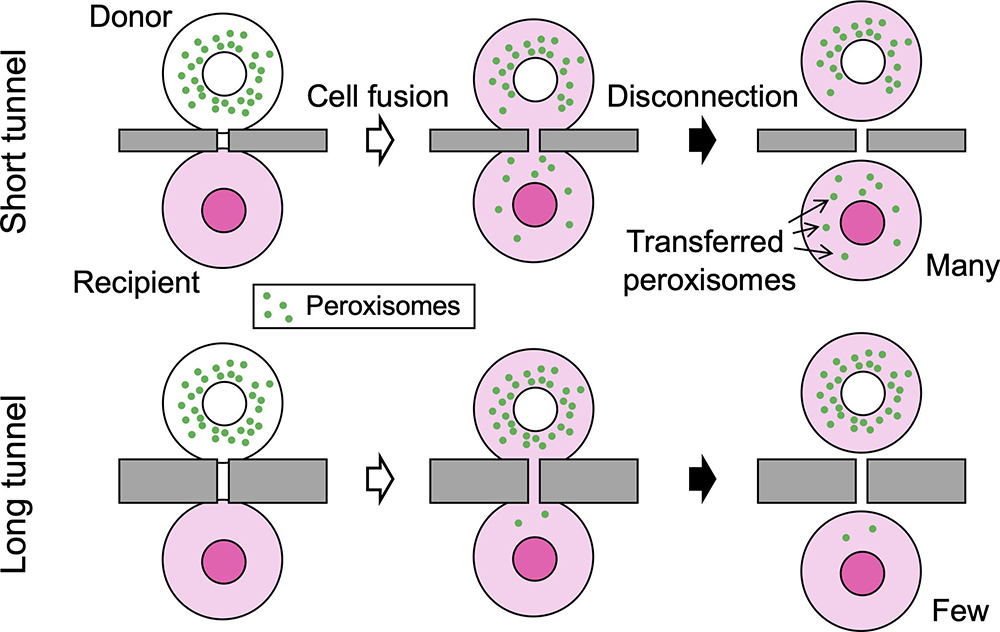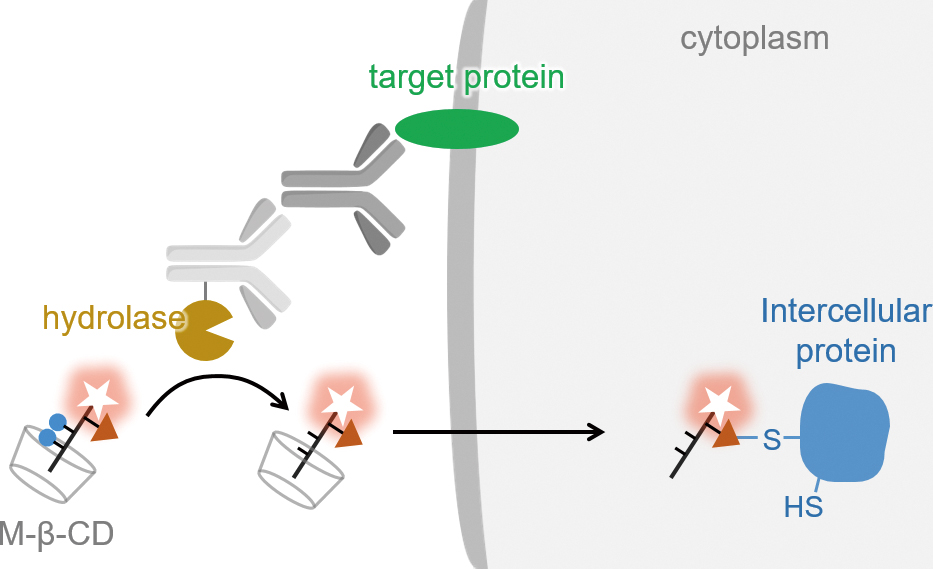Volume 37, Issue 3
Displaying 1-23 of 23 articles from this issue
- |<
- <
- 1
- >
- >|
Highlights
-
Article type: Highlights
2021 Volume 37 Issue 3 Pages 395-396
Published: March 10, 2021
Released on J-STAGE: March 10, 2021
Download PDF (210K)
Guest Editorial
-
Article type: Guest Editorial
2021 Volume 37 Issue 3 Pages 397
Published: March 10, 2021
Released on J-STAGE: March 10, 2021
Download PDF (21K)
Reviews
-
Article type: Reviews
2021 Volume 37 Issue 3 Pages 399-406
Published: March 10, 2021
Released on J-STAGE: March 10, 2021
Advance online publication: November 06, 2020Download PDF (426K) -
Article type: Reviews
2021 Volume 37 Issue 3 Pages 407-414
Published: March 10, 2021
Released on J-STAGE: March 10, 2021
Advance online publication: October 02, 2020Download PDF (1963K) -
Article type: Reviews
2021 Volume 37 Issue 3 Pages 415-423
Published: March 10, 2021
Released on J-STAGE: March 10, 2021
Advance online publication: October 16, 2020Download PDF (3055K) -
Article type: Reviews
2021 Volume 37 Issue 3 Pages 425-437
Published: March 10, 2021
Released on J-STAGE: March 10, 2021
Advance online publication: January 15, 2021Download PDF (1282K) -
Article type: Reviews
2021 Volume 37 Issue 3 Pages 439-446
Published: March 10, 2021
Released on J-STAGE: March 10, 2021
Advance online publication: December 11, 2020Download PDF (1410K)
Original Papers
-
Article type: Original Papers
2021 Volume 37 Issue 3 Pages 447-453
Published: March 10, 2021
Released on J-STAGE: March 10, 2021
Download PDF (743K) -
Article type: Original Papers
2021 Volume 37 Issue 3 Pages 455-459
Published: March 10, 2021
Released on J-STAGE: March 10, 2021
Advance online publication: November 20, 2020Download PDF (493K) -
Article type: Original Papers
2021 Volume 37 Issue 3 Pages 461-468
Published: March 10, 2021
Released on J-STAGE: March 10, 2021
Advance online publication: December 04, 2020Download PDF (367K) -
Article type: Original Papers
2021 Volume 37 Issue 3 Pages 469-477
Published: March 10, 2021
Released on J-STAGE: March 10, 2021
Advance online publication: November 06, 2020Download PDF (3241K) -
Article type: Original Papers
2021 Volume 37 Issue 3 Pages 479-484
Published: March 10, 2021
Released on J-STAGE: March 10, 2021
Advance online publication: December 04, 2020Download PDF (1444K) -
Article type: Original Papers
2021 Volume 37 Issue 3 Pages 485-490
Published: March 10, 2021
Released on J-STAGE: March 10, 2021
Advance online publication: December 18, 2020Download PDF (1713K) -
Article type: Original Papers
2021 Volume 37 Issue 3 Pages 491-497
Published: March 10, 2021
Released on J-STAGE: March 10, 2021
Advance online publication: December 11, 2020Download PDF (925K) -
Article type: Original Papers
2021 Volume 37 Issue 3 Pages 499-505
Published: March 10, 2021
Released on J-STAGE: March 10, 2021
Advance online publication: December 04, 2020Download PDF (701K) -
Article type: Original Papers
2021 Volume 37 Issue 3 Pages 507-511
Published: March 10, 2021
Released on J-STAGE: March 10, 2021
Advance online publication: December 11, 2020Download PDF (4072K) -
Article type: Original Papers
2021 Volume 37 Issue 3 Pages 513-518
Published: March 10, 2021
Released on J-STAGE: March 10, 2021
Advance online publication: December 11, 2020Download PDF (1331K) -
Article type: Original Papers
2021 Volume 37 Issue 3 Pages 519-523
Published: March 10, 2021
Released on J-STAGE: March 10, 2021
Advance online publication: December 11, 2020Download PDF (316K)
Notes
-
Article type: Notes
2021 Volume 37 Issue 3 Pages 525-528
Published: March 10, 2021
Released on J-STAGE: March 10, 2021
Advance online publication: November 20, 2020Download PDF (854K) -
Article type: Notes
2021 Volume 37 Issue 3 Pages 529-532
Published: March 10, 2021
Released on J-STAGE: March 10, 2021
Advance online publication: December 25, 2020Download PDF (366K) -
Article type: Notes
2021 Volume 37 Issue 3 Pages 533-537
Published: March 10, 2021
Released on J-STAGE: March 10, 2021
Advance online publication: November 06, 2020Download PDF (1030K) -
Article type: Notes
2021 Volume 37 Issue 3 Pages 539-543
Published: March 10, 2021
Released on J-STAGE: March 10, 2021
Advance online publication: December 04, 2020Download PDF (3313K)
Announcements
-
Article type: Announcements
2021 Volume 37 Issue 3 Pages 545
Published: March 10, 2021
Released on J-STAGE: March 10, 2021
Download PDF (145K)
- |<
- <
- 1
- >
- >|





















